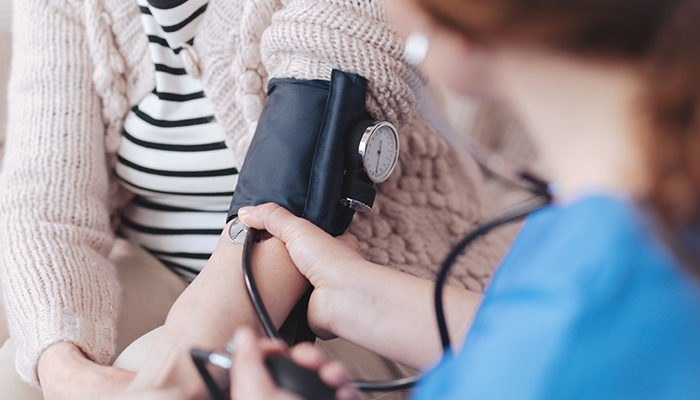Peripheral arterial disease (PAD) is a condition that occurs due to cholesterol building up in the arteries, which constricts the amount of blood flow throughout the body. This is known as atherosclerosis.
Peripheral arterial disease can profoundly impact health and the quality of life. Certain risk factors can determine how much more likely you are to develop it over time. Additionally, if PAD is not treated and managed early on, it can lead to blood clots and blocked arteries.
Here are six warning signs you might be at risk for Peripheral Arterial Disease.
- Age
Age is the first underlying factor for PAD risk. Not everyone over the age of 50 suffers from PAD, but once you hit 50, it’s time to start paying attention to changes in your body.
Additionally, people aged 50 and older should consult their doctor if they experience pain or numbness in their feet or legs or notice any changes in the color of their skin in those areas.
- Lifestyle
Lifestyle choices are another critical factor that influences health risk in all aspects. Tobacco usage, sedentary lifestyles, and food choices high in cholesterol all increase the risk of peripheral arterial disease.
Because these lifestyle choices also play a significant role in other serious diseases, it is best to avoid tobacco and highly-processed, super-fatty foods and participate in regular exercise. This will help you stay healthy as you age and reduce your risk for peripheral arterial disease.
- Family Health History
If your mother, father, or close relative suffers from PAD, you are also at a greater risk. This could also be influenced by a family history of high cholesterol, diabetes, and high blood pressure.
Doing your best to practice preventative health and mitigate your risk for these issues is a great way to be proactive about your health and lower your risk for those issues and PAD.
- Diabetes
People with diabetes may experience changes to blood vessels, blood flow, and blood chemistry because of their disease. This might cause or exacerbate numbness in the legs and feet as a result which are sometimes a sign of PAD.
If you live with diabetes and experience numbness of the feet and legs, be sure to pay close attention to your feet by washing them, bandaging wounds, and talking with your doctor about any cuts, wounds, or bruises which take a long time to heal. These may be signs of peripheral arterial disease.
- High Blood Pressure
Sometimes, high blood pressure is genetic. However, more frequently, high blood pressure is influenced by diet, exercise, and stress. Getting enough sleep, exercise, and eating healthy, nourishing foods may prevent or help manage high blood pressure and PAD. However, you should get regular checkups and monitor your blood pressure as you age, as there are no obvious symptoms of high blood pressure. Additionally, your doctor may prescribe medication to lower blood pressure.
- High Cholesterol
Cholesterol plays a massive role in heart and artery health, and therefore, high cholesterol levels may also impact your risk of PAD. Cholesterol builds up in arteries and restricts blood flow over time.
Getting regular checkups and blood work helps monitor your cholesterol levels. Your doctor may prescribe a medicine for your cholesterol levels should they find anything abnormal about them.
What Should I Do Next?
If you have some or all of these risk factors, be sure to check in with your doctor at least once a year for a yearly exam. Any time you notice changes in your health that could be related to circulation, talk to your doctor.
To speak with a specialist at Maryland Vascular Center about your PAD concerns, click here.
